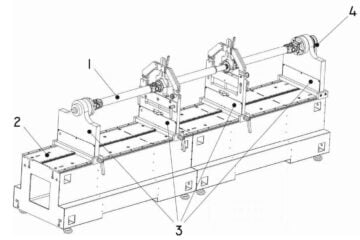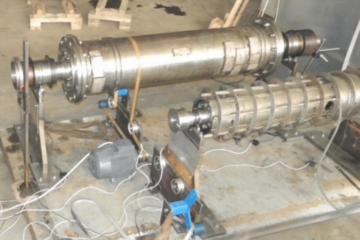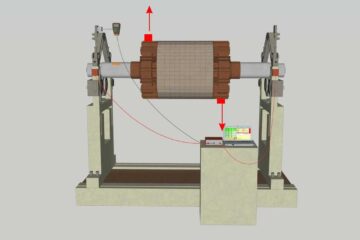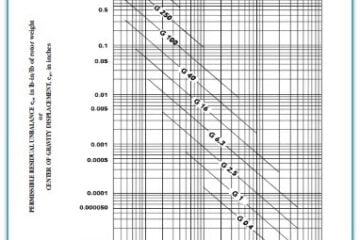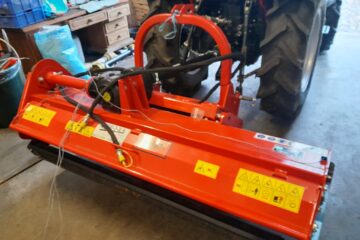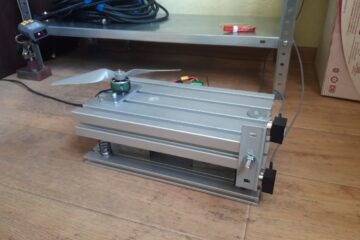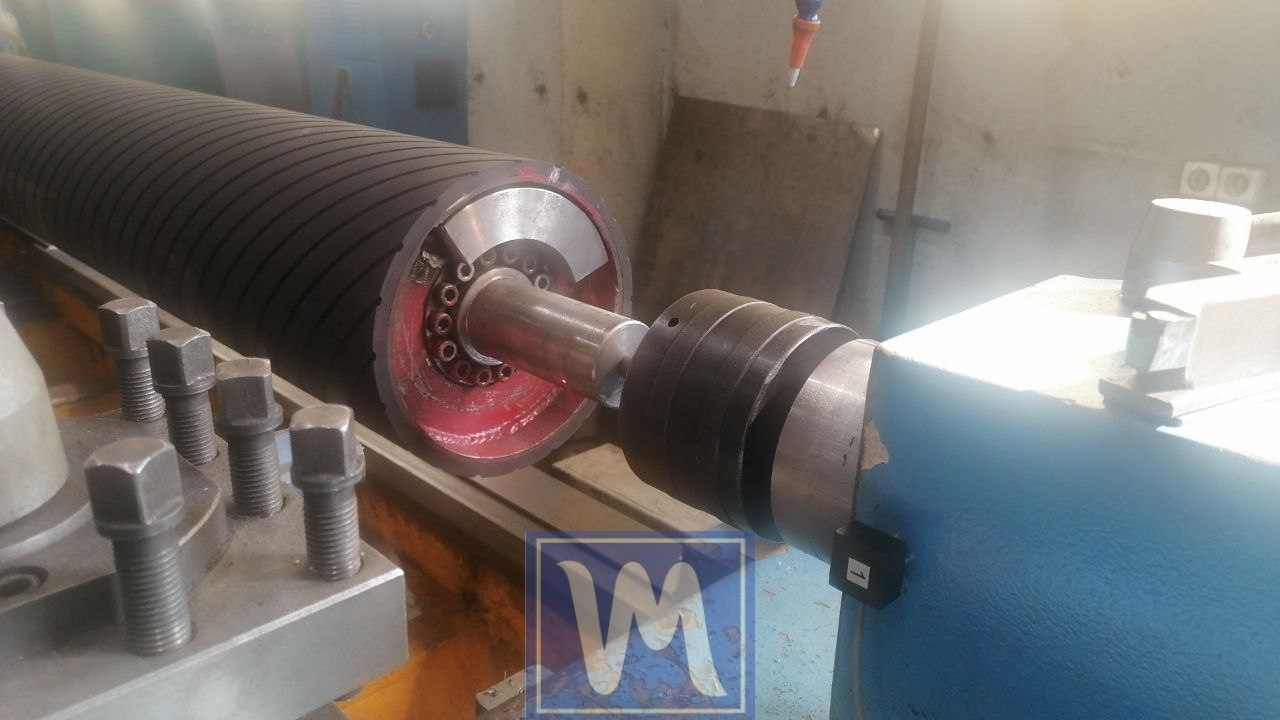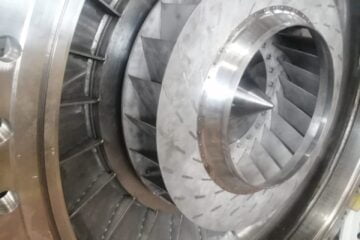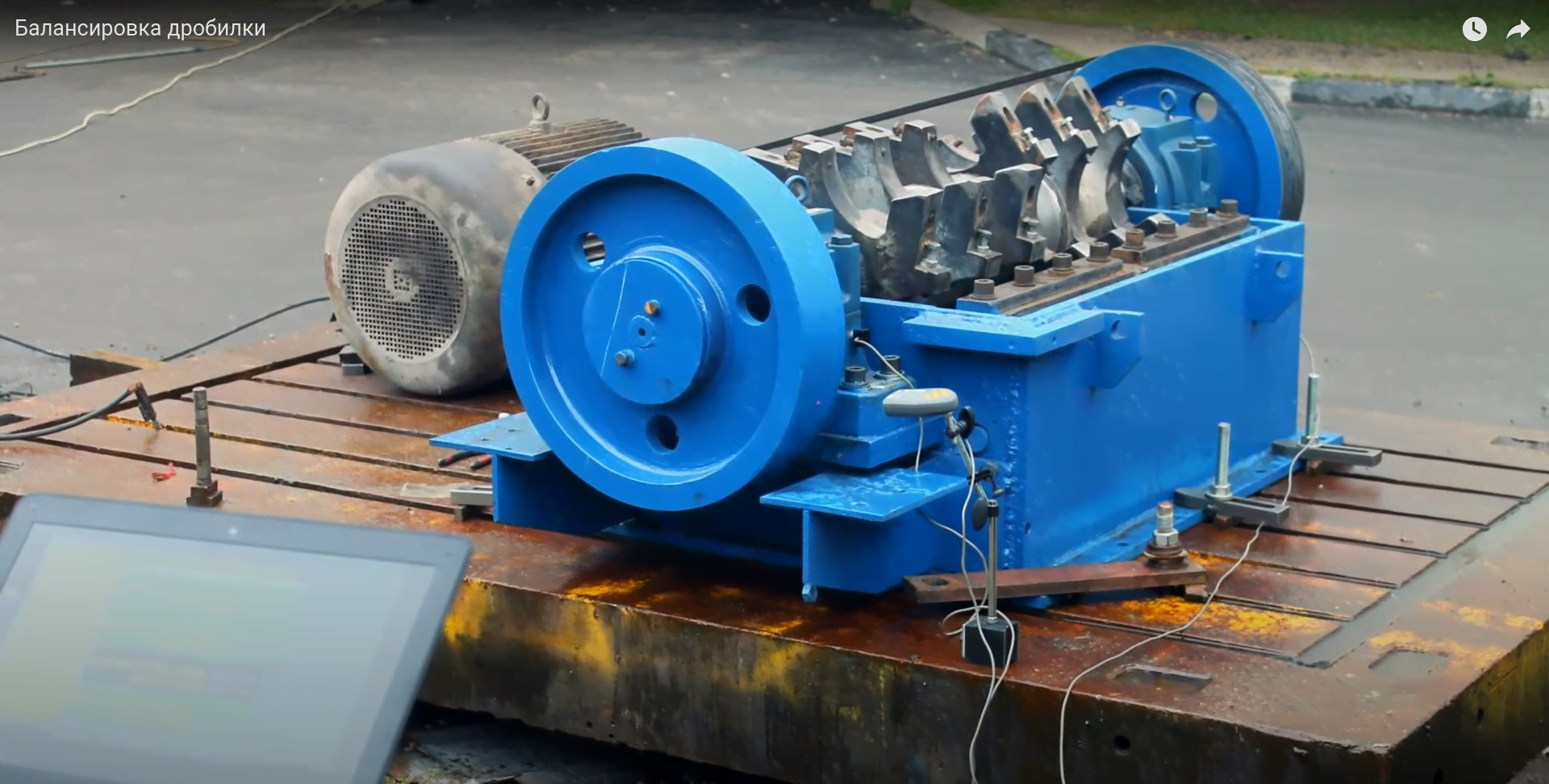Drive Shaft Balancing
Drive Shaft Balancing – Comprehensive Guide | Balanset Drive Shaft Balancing: Comprehensive Guide Devices for Dynamic Balancing of Driveshafts and Measurement System for Balancing Machines Balanset-1 – €1,751 Devices for Dynamic Balancing of Driveshafts and Measurement System for Balancing Machines Balanset-4 – €6,803 Imagine you’re driving a truck and suddenly feel a harsh vibration or hear a loud clunk when accelerating or changing gears. This is more than just a nuisance — it could be a sign of an unbalanced driveshaft. For engineers and technicians, such vibrations and noises indicate lost efficiency, accelerated wear on components, and potentially costly downtime Read more
